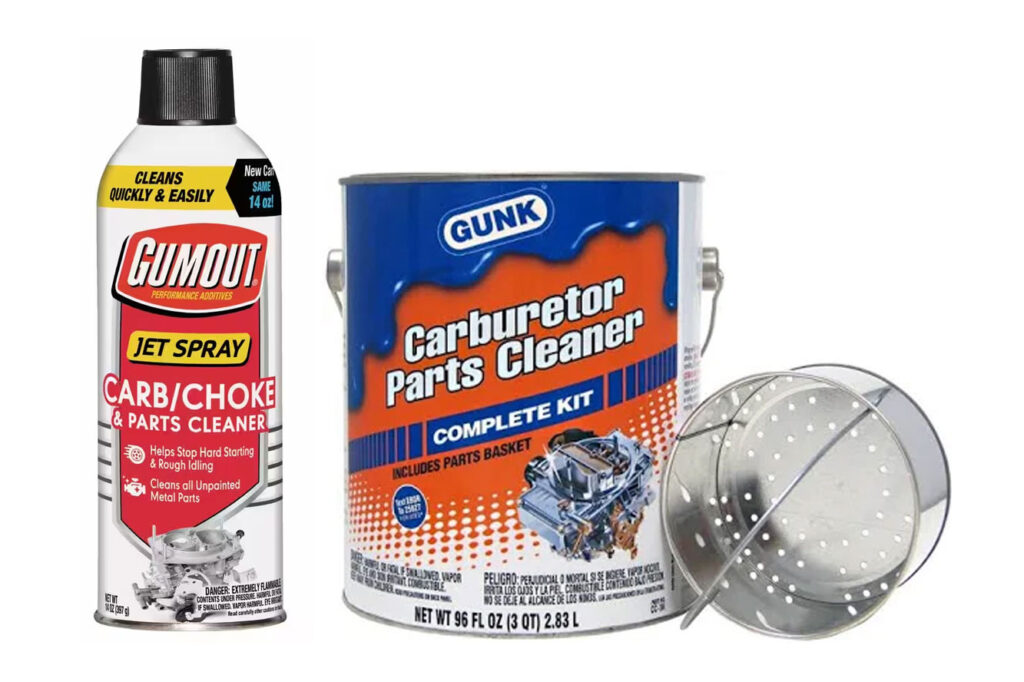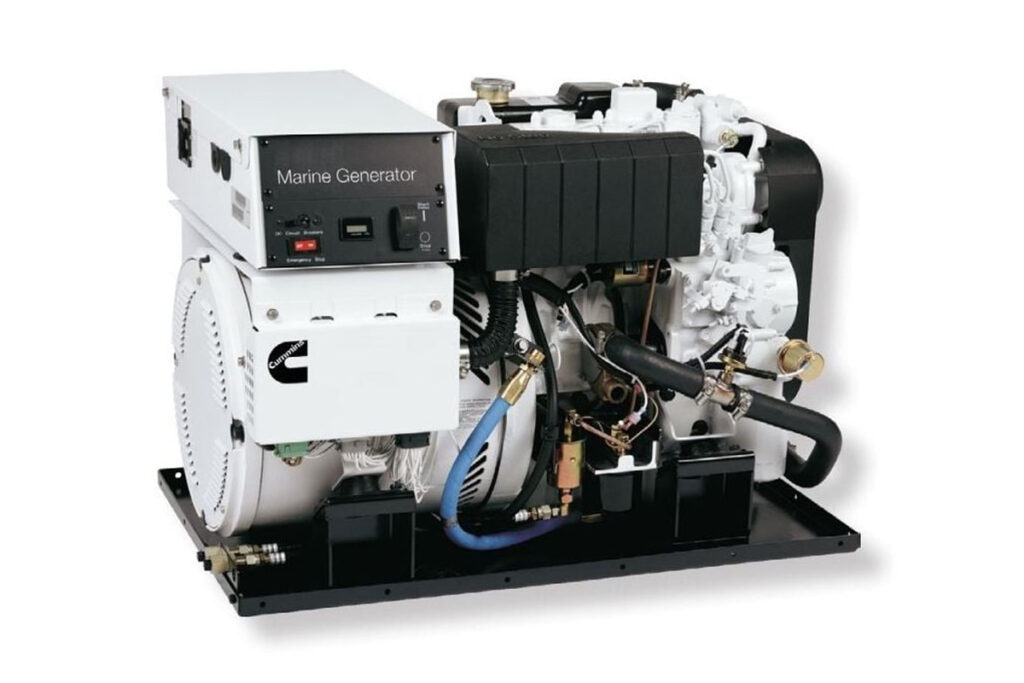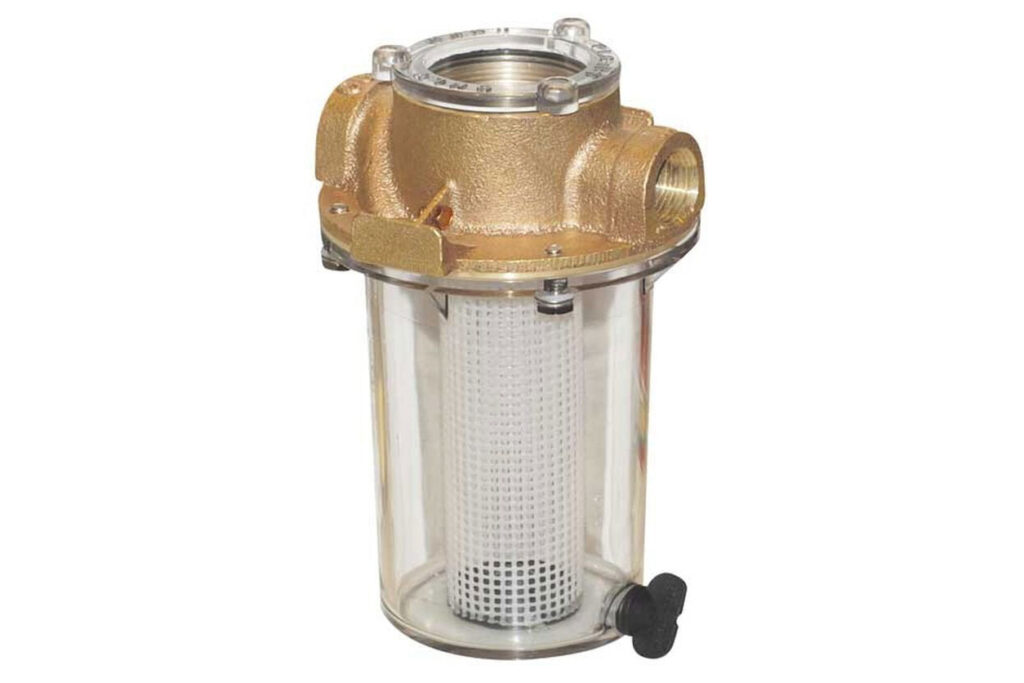
A boat’s generator can have issues pop up at any time, and knowing the basics of marine generator repair can save the boating day. There are many common issues that arise, which are simple to fix and don’t require specialized tools, but could also shut that generator down cold if you don’t know what’s going on. Here are five simple, but important, issues to know about. The next time you shove off the dock, do so prepared.
Generator Won’t Start
The most common generator problem is a lack of starting power. In fact, this issue arises so often that we can’t fail to mention it even though the causes and fixes are relatively obvious. The issue could be a dead battery, dirty or loose connections or a breaker switch that’s flipped in the wrong direction. Charging or replacing the battery, cleaning and securing the connections and making sure the switches are flipped on will resolve the issue in almost no time

Clogged Generator Fuel Filter
Clogged fuel filters are a very common problem, because gensets tend to sit unused for long periods of time, which means the fuel sits too. Delayed maintenance, and a failure to regularly change the filter, is another cause of this problem. When a vessel’s generator is starving for fuel and idles roughly, has trouble advancing RPM, hesitates or inexplicably sputters to a stop, you should suspect this issue straight away.
The solution is fairly straightforward: change the filter. You do carry a spare, don’t you? There should always be a spare fuel filter aboard for your genset as this is one of the most common genset issues encountered at sea. The specific procedure for changing the filter varies from one system to the next, so be sure to read through your owner’s manual and familiarize yourself with the process before you ever cast off the lines.
Note: This problem is incredibly common with boats that have gasoline gensets and tanks full of fuel with ethanol. In this case, a dose of preventative measures will go a long way. Be sure to treat the fuel with an ethanol-specific additive, try not to let the fuel sit in the tanks for more than a month at a time, and where possible find a pump that has ethanol-free gas.
Clogged Generator Carburetor
On many modern generators there won’t be a carburetor, but if yours has one and it begins having trouble starting, idling roughly, or advances rpm unevenly, there’s a very good chance a clogged carburetor is the culprit. The quick fix means spraying carb cleaner into the carburetor and giving it a few minutes to soak. Most of the time, a blast of carb cleaner will get the genset running, but this isn’t necessarily a long-term fix and the cleaner often does a superficial job. After you return to the dock, plan to remove the carburetor and give it a full cleaning. Also remember that ethanol issues can plague carburetors too, so this is another case where using an additive or finding ethanol-free gas is a good move.

Clogged Water Intake
If your boat’s generator is running hot, the first thing to suspect is a clogged water intake. When your boat isn’t moving, it’s possible for an item to get drawn against the through-hull and held there by suction, so the first thing to try is turning the generator off and running the boat. If the issue arises when your boat is underway, or the problem isn’t a foreign item blocking the intake, the next item to check is the raw-water strainer. Though every boat is a bit different and you need to familiarize yourself with your specific boat’s rigging, generally this will include shutting off the seacock, opening the strainer, removing and cleaning the basket, then replacing it and reopening the seacock.
No Power From a Running Generator
It might sound strange, but you may find that your generator runs yet produces no electricity. This can happen after a genset sits for long periods of time between uses, and is due to a loss of residual magnetism (the magnetism left from the generator’s last use). It can also be triggered if the generator runs for long periods without a load.
If your generator loses magnetism, you’ll need to “flash” it. Essentially, this process involves feeding some voltage back into the generator from a 12-volt battery, a power tool or an electrical source from one of the boat’s other systems. The process is fairly simple (it may be as easy as touching leads to battery posts for a few seconds), but it can differ from one unit to the next. So, always follow the process outlined in your generator’s owner’s manual.
Of course, you might encounter problems far more significant than these, and need to call in a pro to help with your marine generator repair. But you’re likely to encounter these common genset issues sooner or later, so familiarizing yourself with these quick and easy basic generator repairs will help keep you on the water instead of at the dock.









